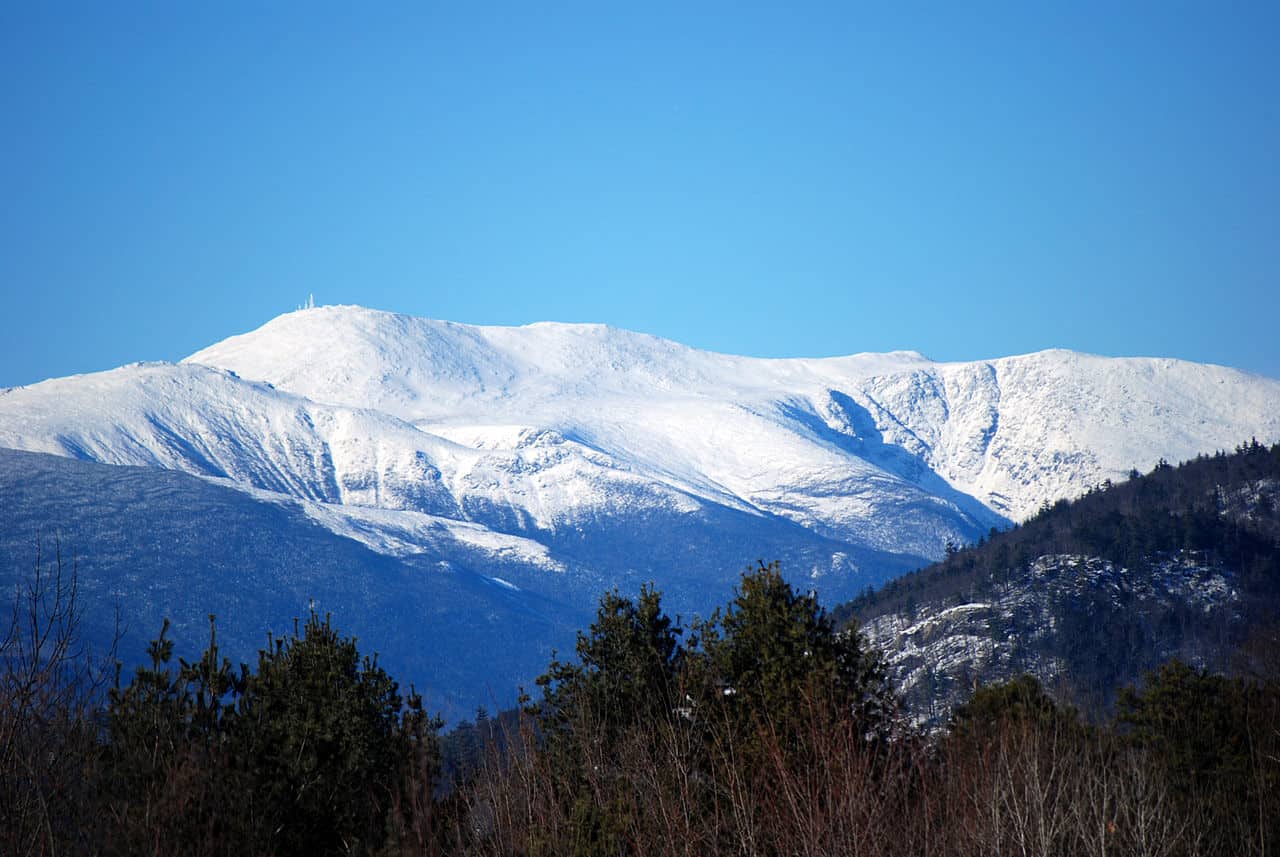Located on the East Coast of the United States, New Hampshire is the second smallest New England state in terms of area (Rhode Island is the tiniest). Although diminutive, the Granite State is a geologic wonder. It has acres of forests, miles of meandering rivers, a tiny coastline, and of course, the towering White Mountains. Let’s dig deeper into how New Hampshire, whose motto is “Live Free or Die,” compares to other states.
New Hampshire shares its northern border with Canada. Maine and the Atlantic Ocean are to the east; Vermont is to the west; Massachusetts is to the south. With an area of 9,304 square miles, New Hampshire is the 44th smallest state. It runs about 190 miles from north to south. With around 1.4 million people as of 2023, New Hampshire is also the 10th least populous state. More than half of its residents live in towns with 2,500 or more. Only a third live in the cities. New Hampshire is the 11th most rural state.
Despite its rural nature, there are only 4,100 farms in New Hampshire, totaling 43,000 acres. The average size of a New Hampshire farm in 2021, according to the U.S. Department of Agriculture, is 105 acres. For comparison, Tennessee had, as of 2021, 69,500 farms, and Texas 247,000. All of the New England states, except Rhode Island, have more farms than New Hampshire.

A farm in Landaff, New Hampshire, as the sun sets.
©Diana Nault/Shutterstock.com
Acres of Forests
Despite its diminutive size, 84 percent of New Hampshire is covered in forests, a far greater percentage than much larger states, including Alaska (35.16 percent) and Texas (37.33 percent). Interestingly, New Hampshire has 4.8 million acres of forest or roughly 883 trees per person.
New Hampshire gets its nickname from the granite bedrock that helped make the state famous. Yet, there is much more to New Hampshire’s geology than slabs of weighty stones. The White Mountains, part of the Appalachian Chain, are perhaps its most striking geologic feature.
New Hampshire’s Tallest Peaks
The White Mountains formed between 124 to 100 million years ago when the underlying continental area of the region slid over a geologic “hot spot.” Such hot spots occur when magma wells up through the planet’s crust. In the case of New Hampshire, the magma intrusion was so great that it pushed up the crust creating the White Mountains. The mountains were higher than today. Erosion, however, whittled them down to its present size.
Like the rest of New England, glaciers carved out many of New Hampshire’s geological features, including its famous “notches.’’ A notch is a concaved cut into a mountain range. As glacial ice moved south, it chiseled out places like Franconia Notch, located between Cannon Mountain in the west and Mount Lafayette in the east. The ice was about a mile high in much of the White Mountains. When it finally began to melt, most geologists believe, it left behind Franconia’s iconic Old Man of the Mountain. Constant freezing and thawing produced a series of ledges on the exposed rock walls. If a person were to view those walls from the right angle, they would see an outcropping of the Old Man’s face. In 2003, the Old Man of the Mountain crumbled.
When it comes to the height of its mountains, New Hampshire does not compare to Colorado, Alaska, or any of the Rocky Mountain states. But in New England, New Hampshire rocks. It has 59 of the highest peaks. The tallest is Mount Washington, which stands 6,288 feet above sea level. In fact, New Hampshire boasts nine out of the ten highest peaks in New England. All are in the White Mountains and part of the so-called Presidential Range. In addition to Mount Washington, those mountains include Adams (5,774 feet); Jefferson (5,712 feet); Monroe (5,385 feet), and Madison (5,367).

The Old Man of the Mountain.
©Wayne Johnson/Shutterstock.com
Wicked Weather
Yet, it is Mount Washington that people are most familiar with. That’s because the mountain is famous for the “world’s worst weather.” In February 2023, the wind chill dropped to 109 degrees below zero. Researchers at the time said it was the lowest wind chill ever recorded in the history of the United States. Not even Alaska’s Denali, the tallest peak in the United States, could best Mount Washington’s record. The wind chill on Denali is generally less than 100 degrees below zero during the winter. Why is Mountain Washington such a chilly place? One reason is its height. Other reasons include the mountain’s location and the composition of the atmosphere.
Mountain Washington also held the world record for the fastest recorded wind gust at 231 miles per hour for 62 years. The record was shattered, however, in 1996 when a weather station on Barrow Island, Australia, recorded a gust of 253 miles per hour during a tropical cyclone.
Because of its rugged beauty, many people fail to recognize that New Hampshire has a coast. It’s only 13 miles long. In fact, the state has only one seaport — Portsmouth.

Mount Washington in the winter of 2023.
©Corey T Burns/Shutterstock.com
Thank you for reading! Have some feedback for us? Contact the AZ Animals editorial team.








